Rusted hulls emerge from shifting sands like ancient sea monsters, while weathered timbers tell tales of maritime adventures gone wrong. These accessible shipwrecks offer unique opportunities to explore maritime history up close, with no diving gear required. Each wreck serves as both a monument to seafaring history and a reminder of the ocean’s power.
Here are twenty remarkable shipwrecks you can visit with just a good pair of walking shoes and attention to tide tables.
Peter Iredale Wreck, Oregon
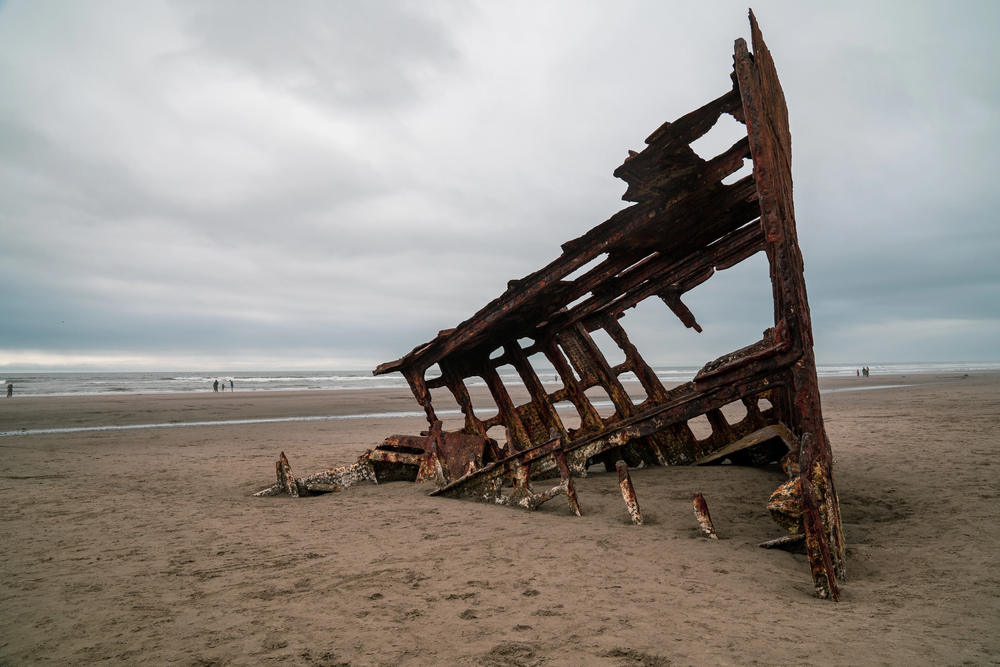
The skeletal remains of this four-masted steel barque rise dramatically from the sands of Fort Stevens State Park, creating one of the most photographed shipwrecks on the Pacific Coast. Running aground in 1906, the ship’s rusted ribs catch dramatic light at sunset, making it a favorite subject for photographers.
The wreck is easily accessible via a short walk from the parking area, though visitors should check tide tables as high water can limit access. Local signage provides fascinating details about the ship’s final voyage and the crew’s dramatic rescue.
SS Maheno, Fraser Island, Australia
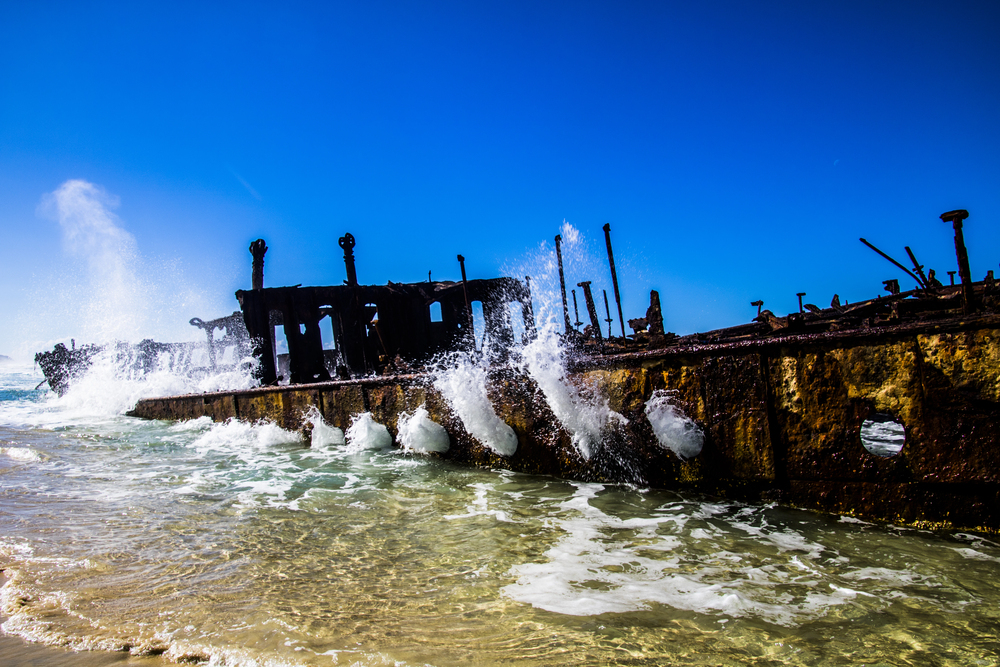
This former luxury liner turned World War I hospital ship now rests on Fraser Island’s Seventy-Five Mile Beach, its rusted hull a stark contrast against the pristine sand. Originally bound for a Japanese scrapyard, the ship broke free during a cyclone in 1935 and washed ashore on the world’s largest sand island.
Visitors can easily reach the wreck via four-wheel-drive vehicles along the beach, as the island’s famous beach highway passes right by it. The wreck’s massive scale becomes apparent as you walk around its towering hull, which still rises nearly three stories above the sand.
Like Travel Pug’s content? Follow us on MSN.
Eduard Bohlen, Skeleton Coast, Namibia
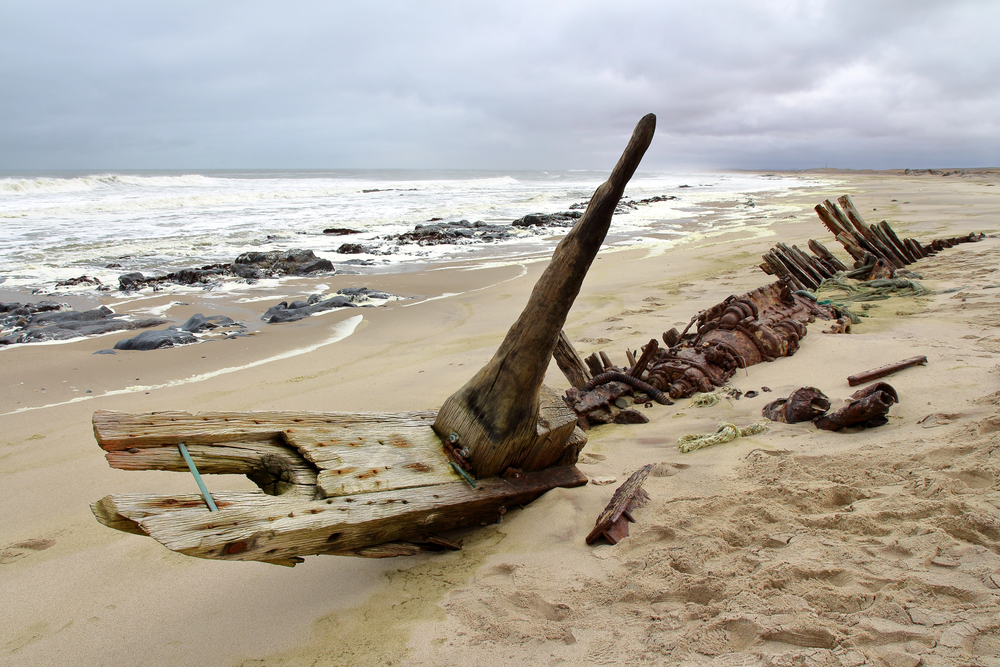
This German cargo ship ran aground in 1909 and now sits nearly a kilometer inland due to the advancing desert, creating a surreal sight among the dunes. The desert climate has preserved much of the ship’s structure, making it appear as if a vessel sailed straight into the Namib Desert.
Access requires a guide and proper permits as it lies within the restricted area of the Skeleton Coast National Park. The wreck offers a unique opportunity to see how desert conditions affect maritime remains differently than ocean exposure.
MV Dimitrios, Greece
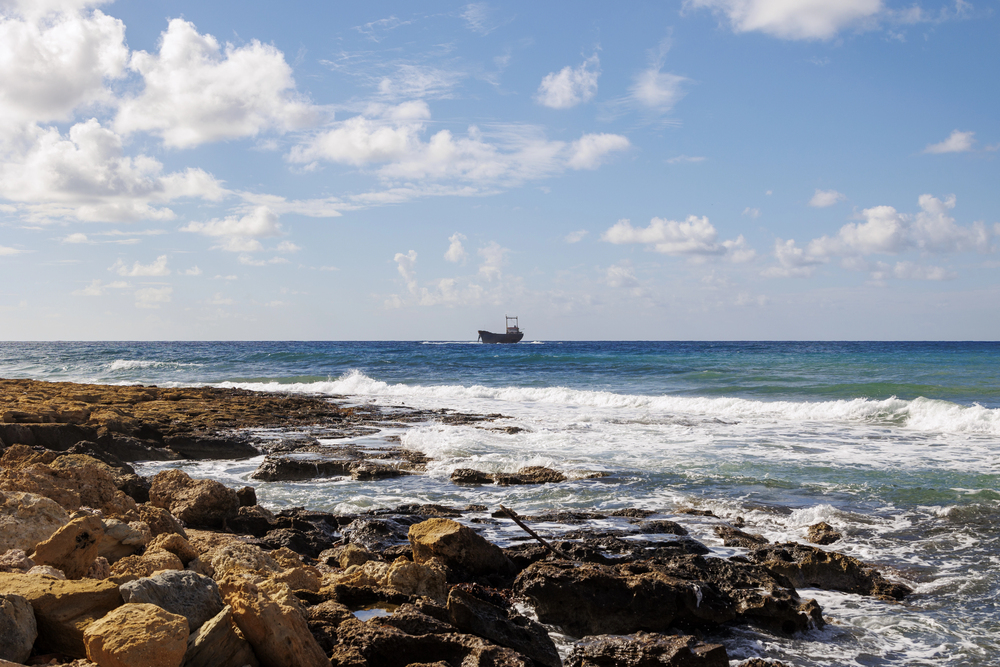
This smuggler’s vessel rests dramatically on Glyfada Beach near Gytheio, its rusted hull creating a striking contrast against the Mediterranean backdrop. Local legends suggest the ship was involved in cigarette smuggling before being abandoned in 1981.
The wreck is easily accessible via a short walk along the beach from the nearby parking area, making it a popular spot for sunset photography. Its position allows visitors to walk completely around the vessel during low tide.
Pesuta Shipwreck, Canada
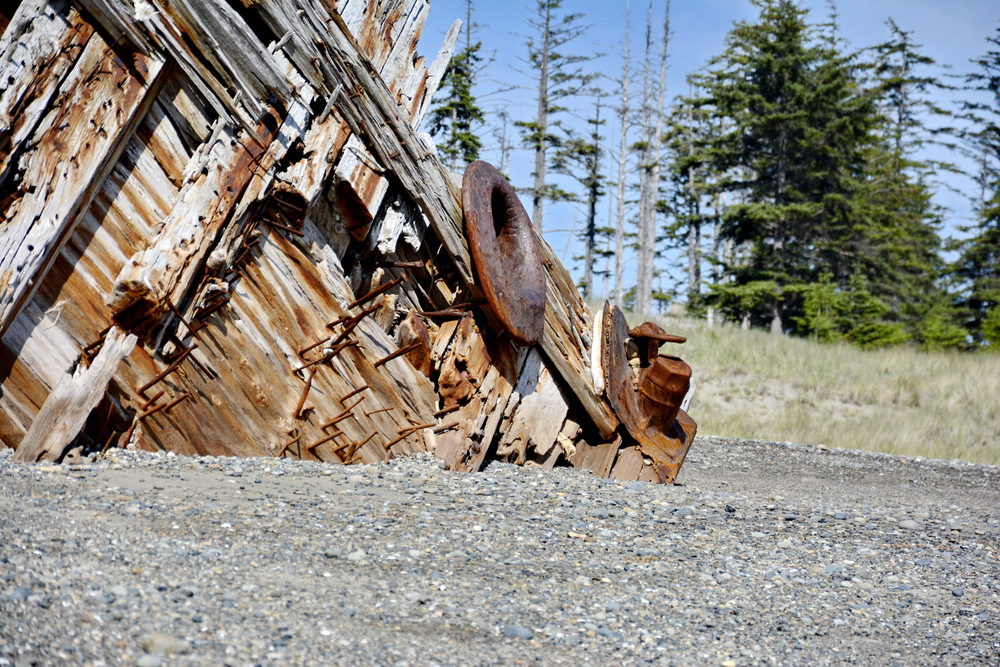
The wooden remains of this log barge rest on the remote beaches of Haida Gwaii, creating a haunting scene against the pristine wilderness backdrop. The 1928 wreck is accessible via a scenic 3.1-mile hiking trail through old-growth forest, making the journey as memorable as the destination.
Visitors should time their hike with low tide to safely view the wreck, which lies at the mouth of the Tlell River. The massive wooden beams showcase the scale of early 20th-century logging operations.
Like Travel Pug’s content? Follow us on MSN.
Navagio Beach Wreck, Greece
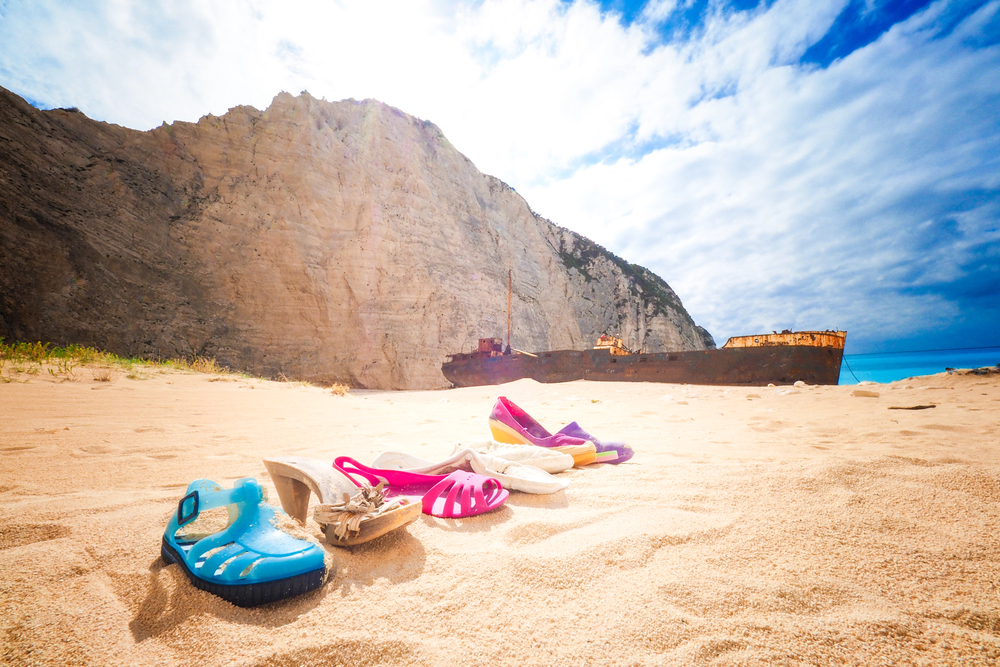
Perhaps the world’s most photographed shipwreck, the MV Panagiotis rests on a stunning beach accessible only by boat in Zakynthos. The alleged smuggler’s vessel creates a striking scene against limestone cliffs and crystal-clear waters.
While the beach itself requires a boat tour, visitors can view the wreck from dramatic clifftop viewpoints accessible by car and a short walk. The combination of natural beauty and maritime history makes this one of Europe’s most iconic beach scenes.
SS Gayundah, Australia
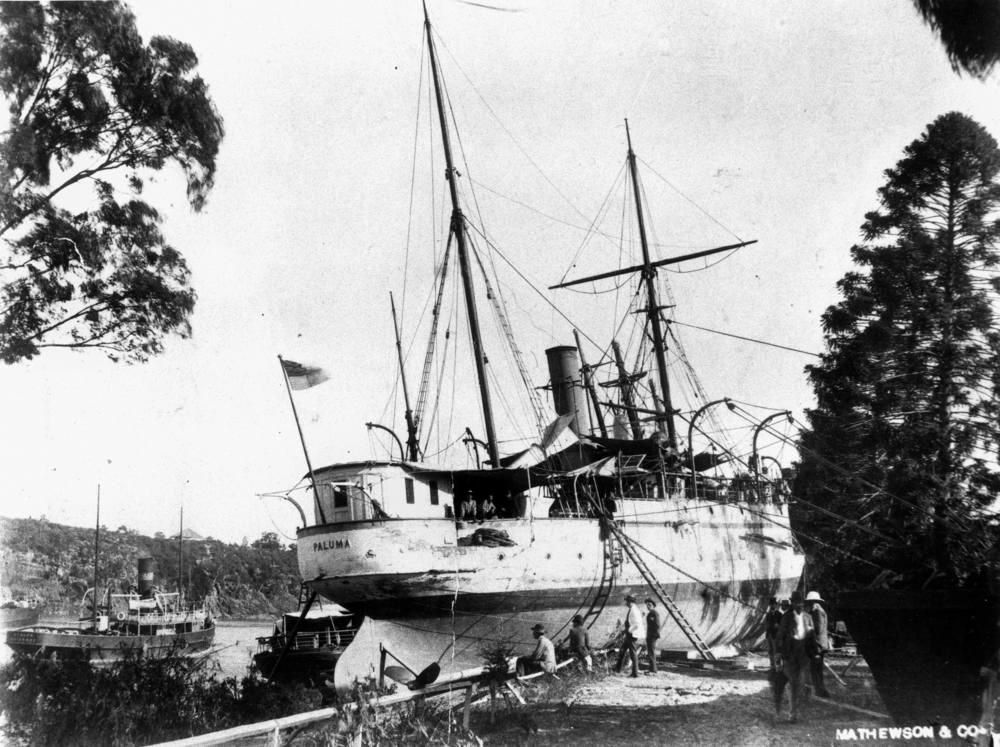
This former Queensland naval vessel now rests on its side at Woody Point Beach, its deteriorating hull creating an intriguing sight for beachgoers. Originally serving as a colonial naval vessel, the ship was intentionally beached in 1958 to serve as a breakwater.
The wreck is easily accessible during low tide via a short walk from nearby parking areas. Its gradual deterioration provides a fascinating study in how metal ships break down in salt water environments.
Wreck Beach SS Monte Carlo, California
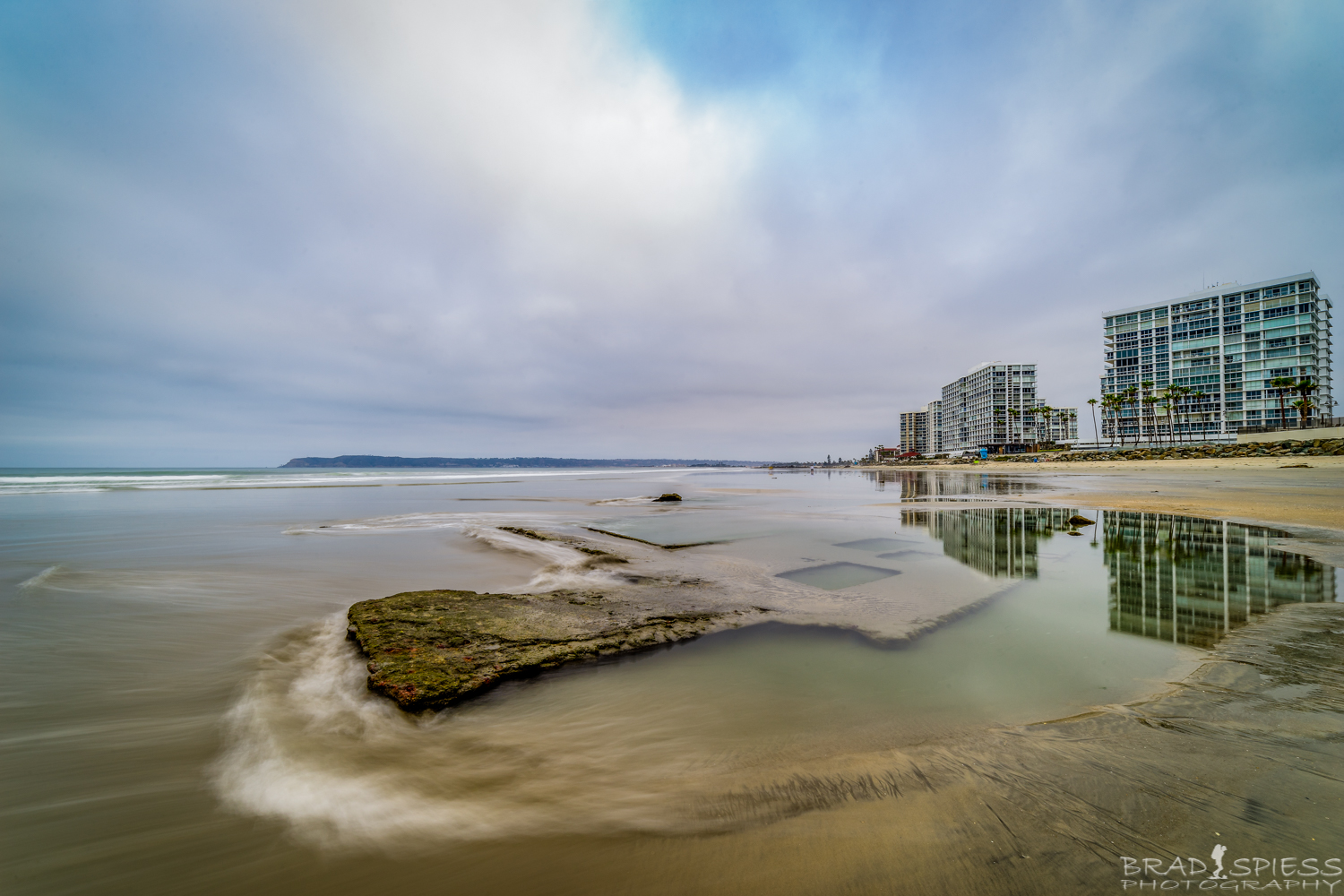
The concrete remains of this former floating casino emerge from the sand during extremely low tides, telling tales of Prohibition-era entertainment. Located in Coronado, the wreck is accessible via beach walks during specific tide conditions throughout the year.
Local historians share stories of the ship’s colorful past as a gambling vessel operating in international waters. The unusual concrete construction provides insights into alternative shipbuilding materials used during steel shortages.
Like Travel Pug’s content? Follow us on MSN.
Baltray Wreck, Ireland
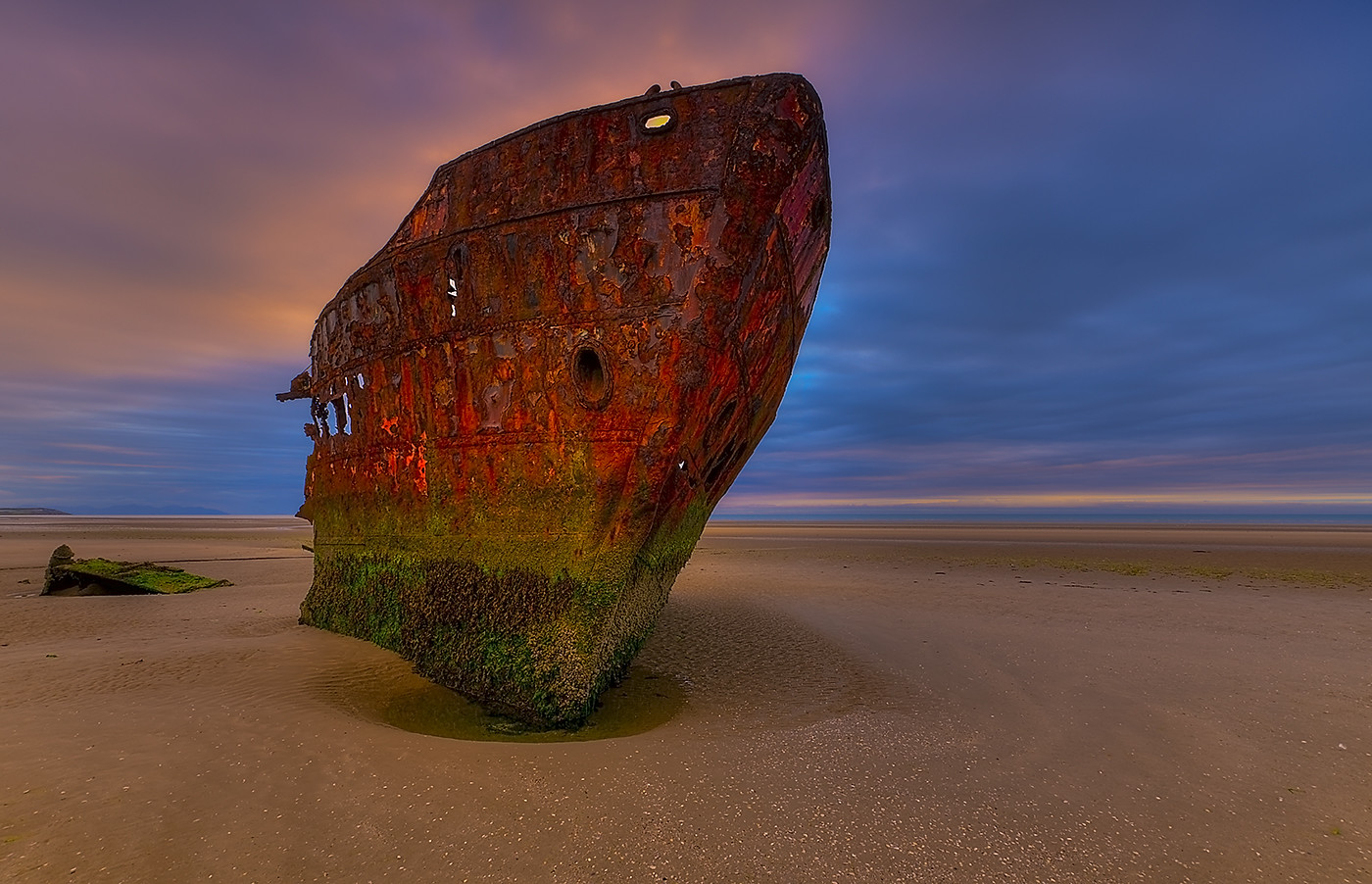
The wooden skeleton of this unknown merchant vessel creates a haunting sight on the beach near Drogheda. Visible primarily during low tide, the wreck’s ribs create geometric patterns in the sand that attract photographers.
Local folklore suggests various origins for the vessel, though its true identity remains a mystery. The site is accessible via a pleasant beach walk from nearby parking areas.
Wreck of the Cherry Venture, Australia
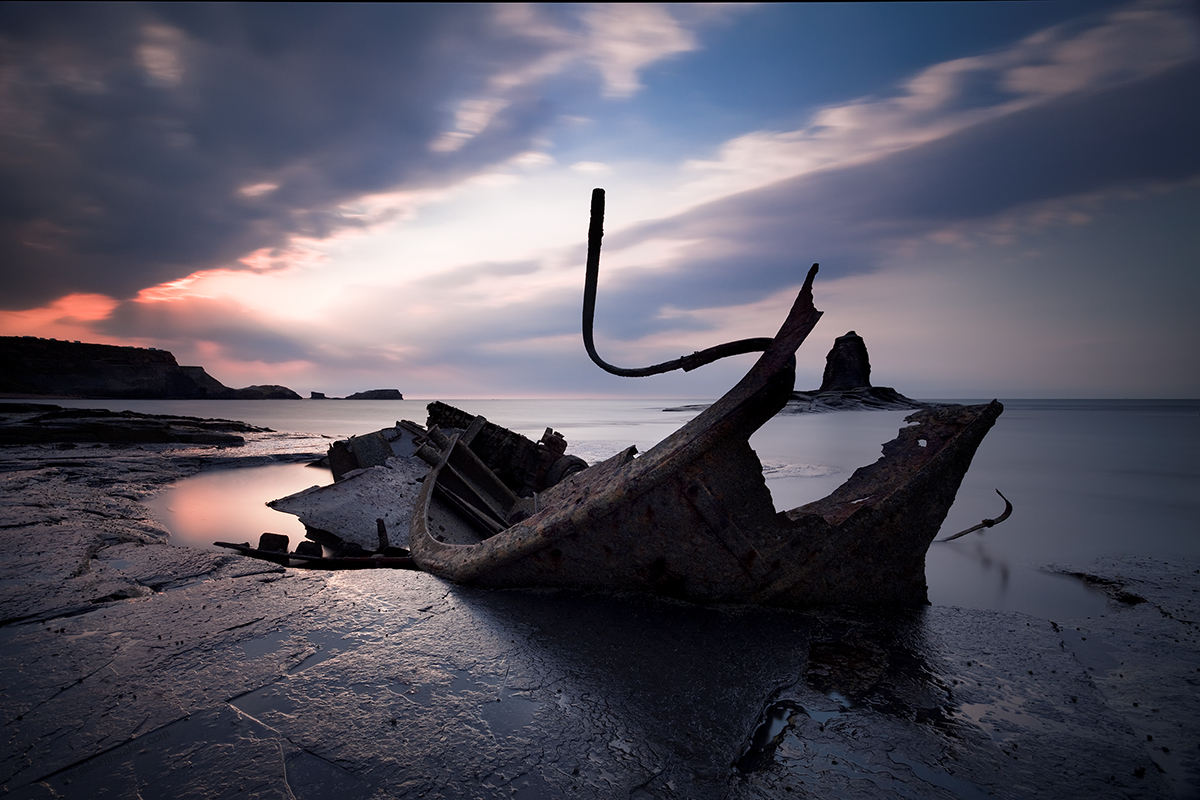
This former cargo ship rests on Rainbow Beach, creating a dramatic sight against the colorful sand cliffs. Stranded during a 1973 cyclone, the wreck has become a popular tourist attraction easily accessible via beach walks.
The vessel’s deterioration provides insights into how different parts of ships break down over time in coastal environments. Recent years have seen the wreck increasingly buried by shifting sands, making photography increasingly important for preservation.
Buster Shipwreck, Oregon
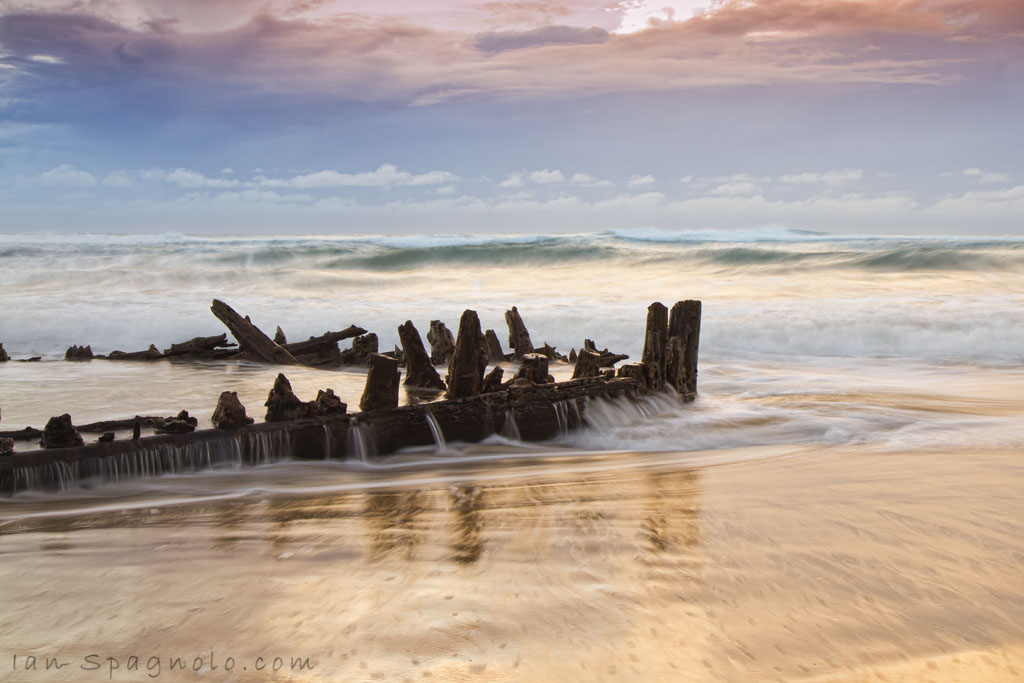
The remnants of this former schooner emerge from the sand at Sunset Beach, creating an atmospheric scene during low tides. The wreck lies just a short walk from convenient parking areas, making it accessible for families and casual beachcombers. Local interpretive signs explain the vessel’s history and the dangerous conditions that led to its demise. The wreck’s location near the mouth of the Columbia River demonstrates why this area became known as the ‘Graveyard of the Pacific.’
Like Travel Pug’s content? Follow us on MSN.
Gölen Wreck, Sweden
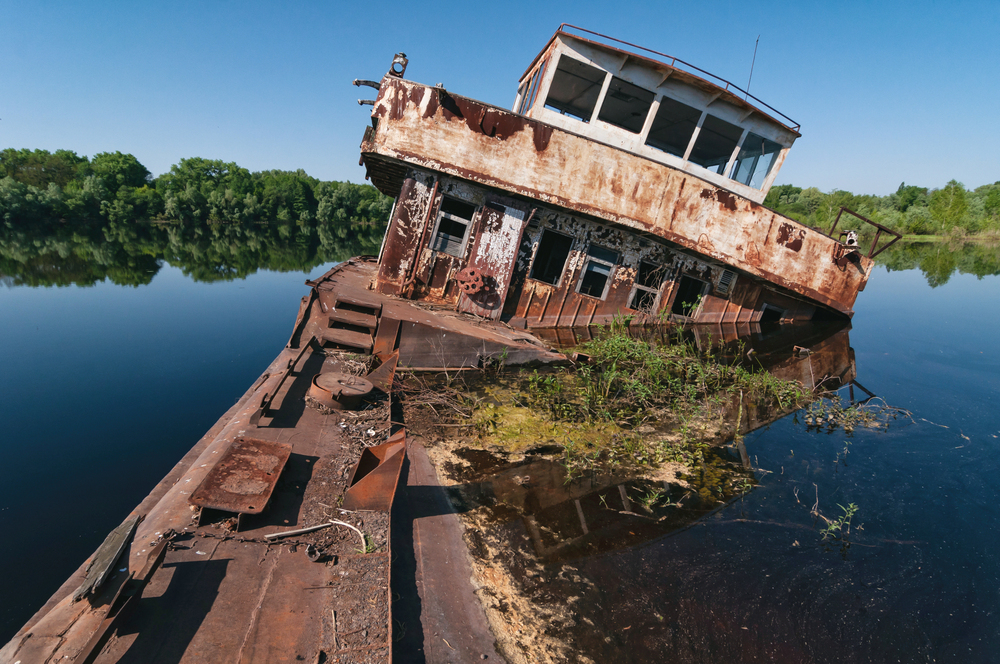
This mysterious wreck appears and disappears with shifting sands along Sweden’s southern coast. The wooden remains create striking patterns on the beach, particularly during sunrise and sunset.
Access requires a pleasant walk through pine forests before reaching the exposed beach area. Local marine archaeologists study the wreck’s appearance patterns to understand coastal sand movement.
Speke Wreck, Cornwall
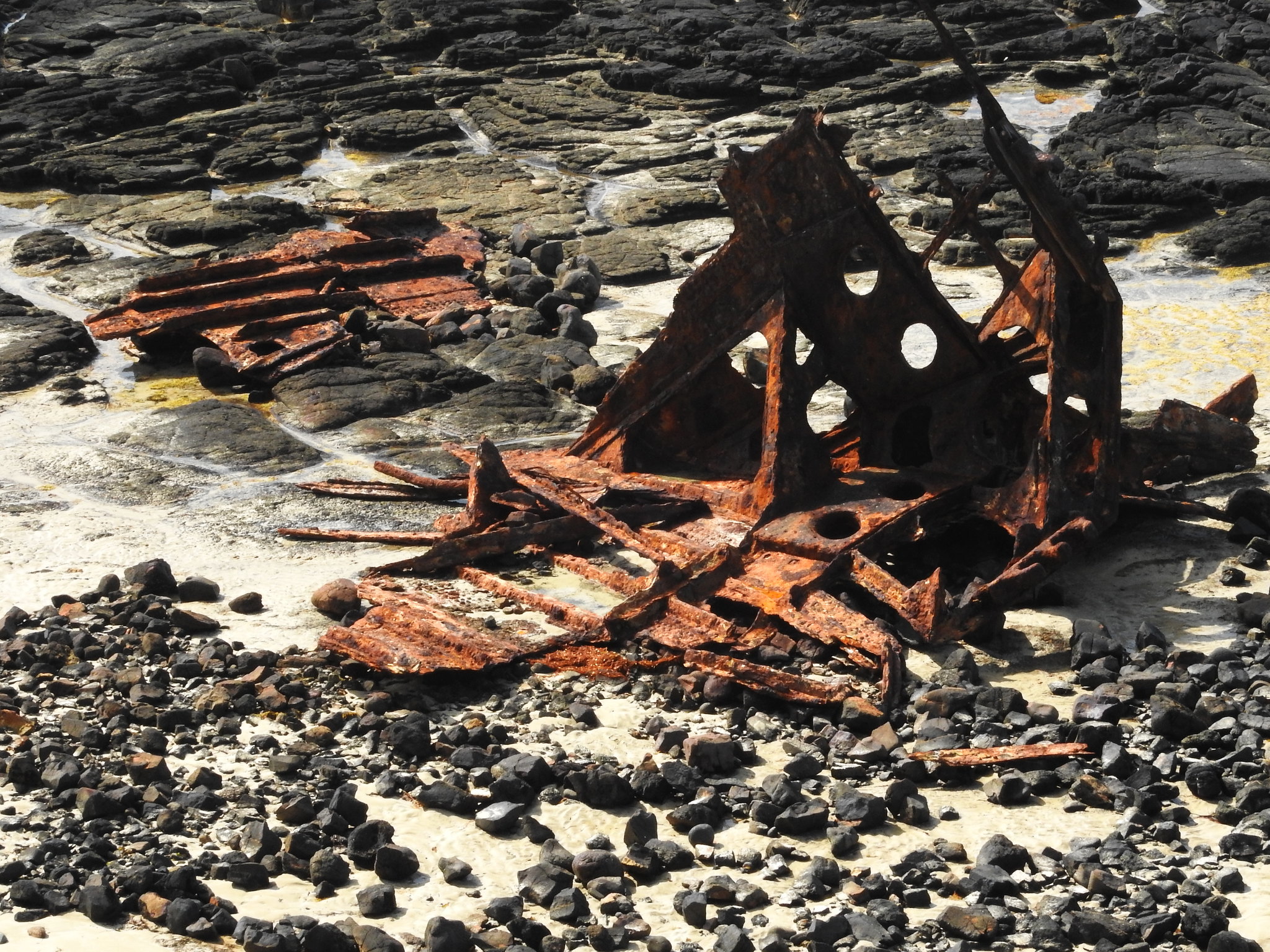
The iron bones of this sailing ship rest dramatically against the cliffs of Carbis Bay. The wreck is accessible via the Southwest Coast Path, offering spectacular views along the walking route.
Local history records detail the dramatic rescue of the crew during an 1893 storm. The site demonstrates how different materials deteriorate at varying rates in the marine environment.
Neranie Shipwreck, Australia
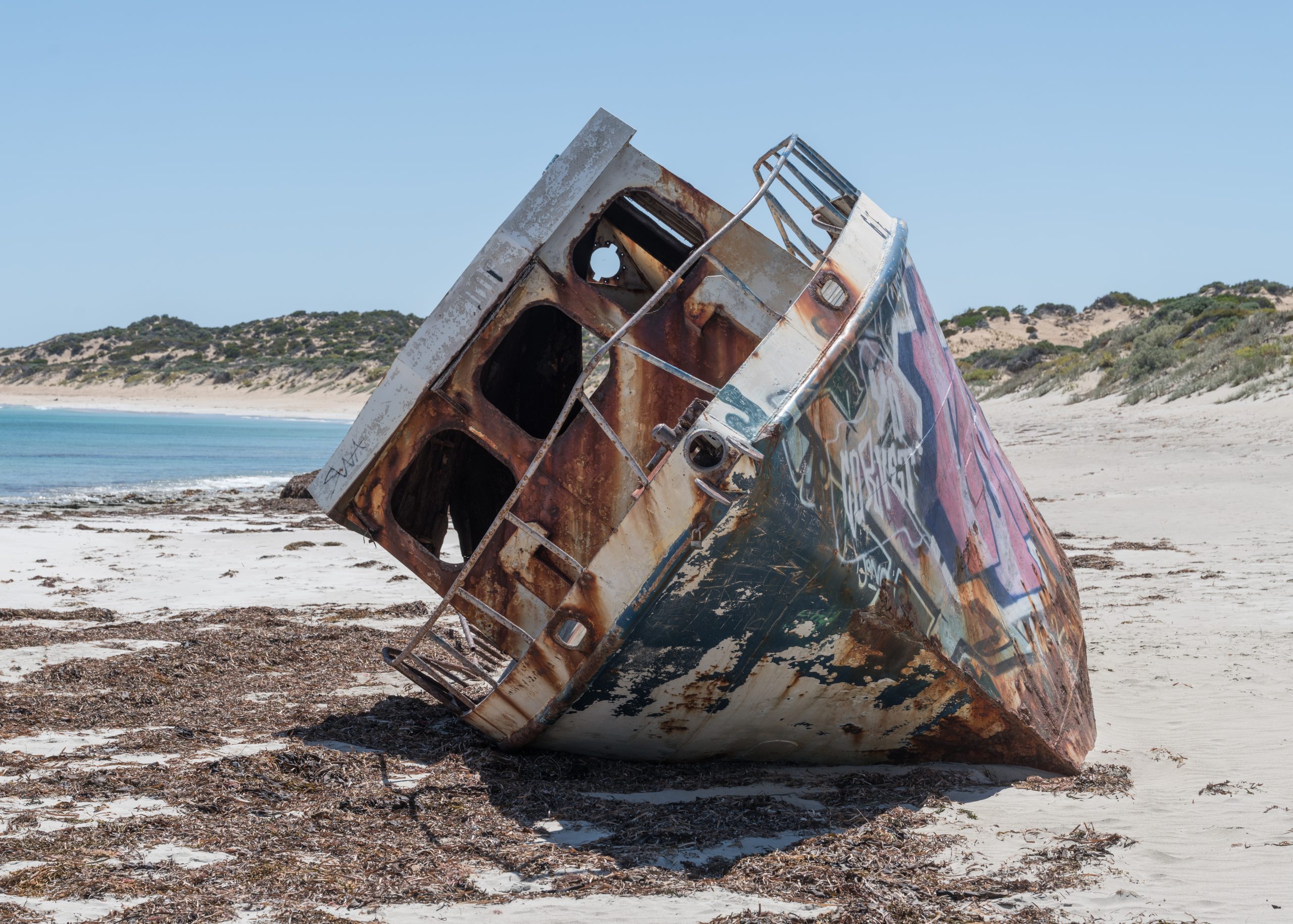
This former timber vessel rests on the shores of Myall Lakes National Park, slowly returning to nature. The wreck is accessible via a short bushwalk from nearby camping areas, making it a popular destination for outdoor enthusiasts.
Birds often nest among the deteriorating timbers, creating an unexpected wildlife viewing opportunity. The shallow water location allows visitors to examine construction details easily during low tide.
Like Travel Pug’s content? Follow us on MSN.
Aristocrat Wreck, Oregon
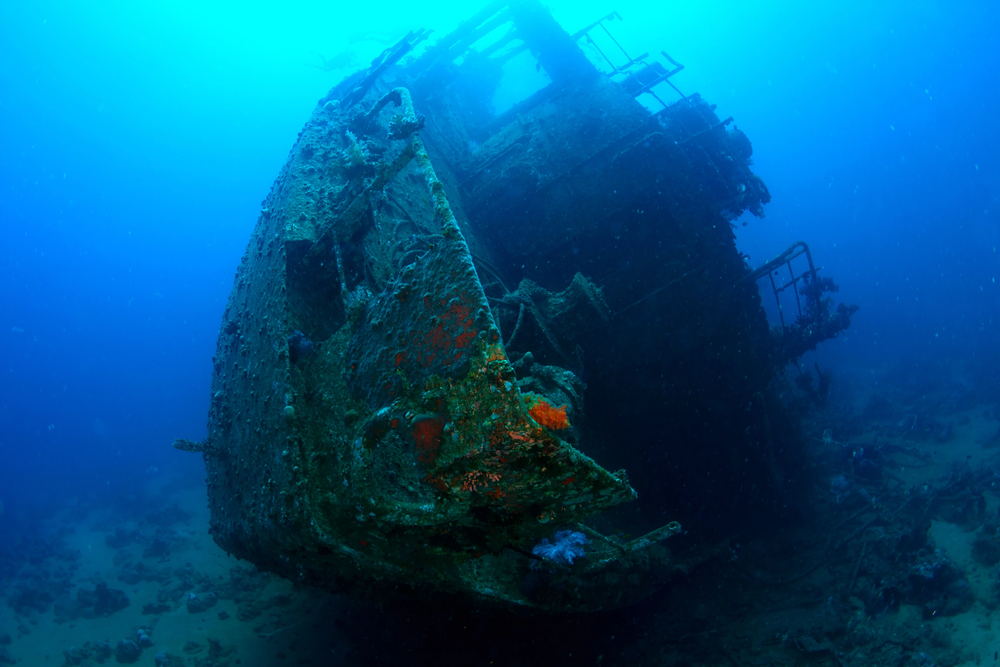
The wooden remains of this former fishing vessel create geometric patterns in the sand at Oceanside Beach. A short tunnel through the headland provides unique access to this secluded beach location.
The wreck appears and disappears with seasonal sand movement, making each visit potentially different. Local fishing families share stories of the vessel’s working life along the Oregon coast.
Dollar Ship, Scotland
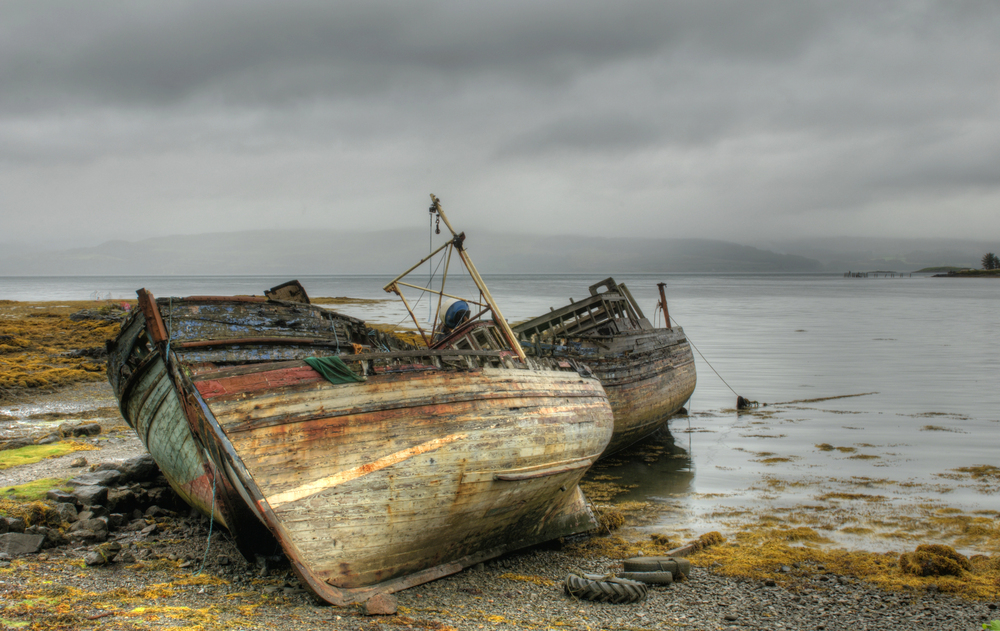
The steel hull of this former cargo vessel rests on the beach near Aberlady, creating striking silhouettes at sunrise. The wreck is accessible via a pleasant nature trail through the local nature reserve.
World War II modifications are still visible on the deteriorating structure, telling stories of wartime adaptation. The site provides an important habitat for local shorebirds, adding wildlife interest to maritime history.
Wreck of the Falcon, Nova Scotia
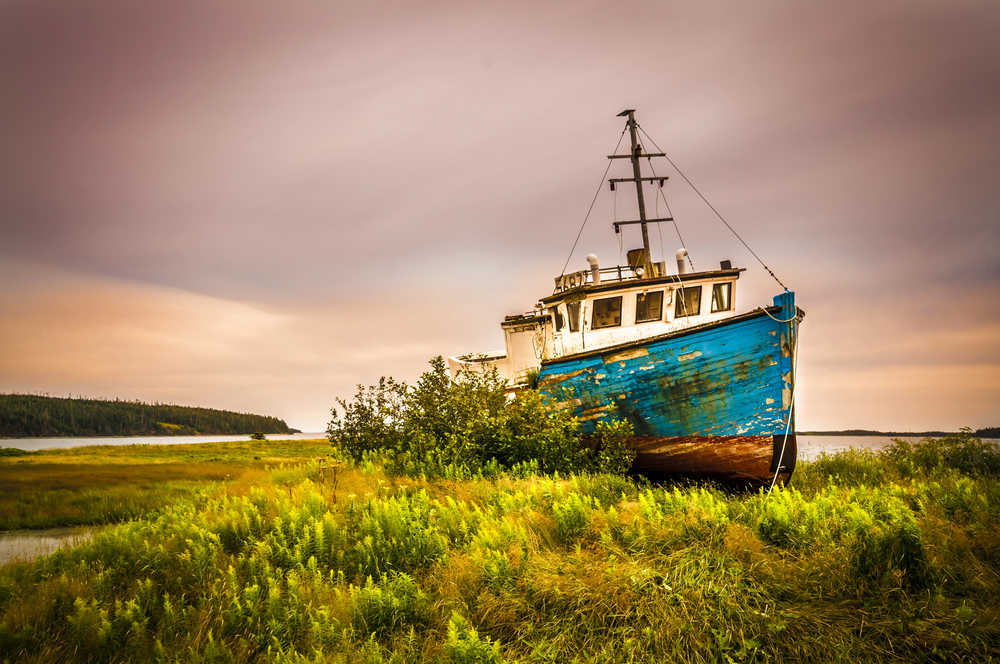
This wooden vessel’s remains create an atmospheric scene on the beaches of Cape Sable Island. The wreck is easily accessible during low tide via short beach walks from nearby parking areas.
Residents share stories of the dramatic 1923 stranding and rescue efforts. Shifting sands regularly reveal and conceal different portions of the wreck.
Like Travel Pug’s content? Follow us on MSN.
King Philip Wreck, California
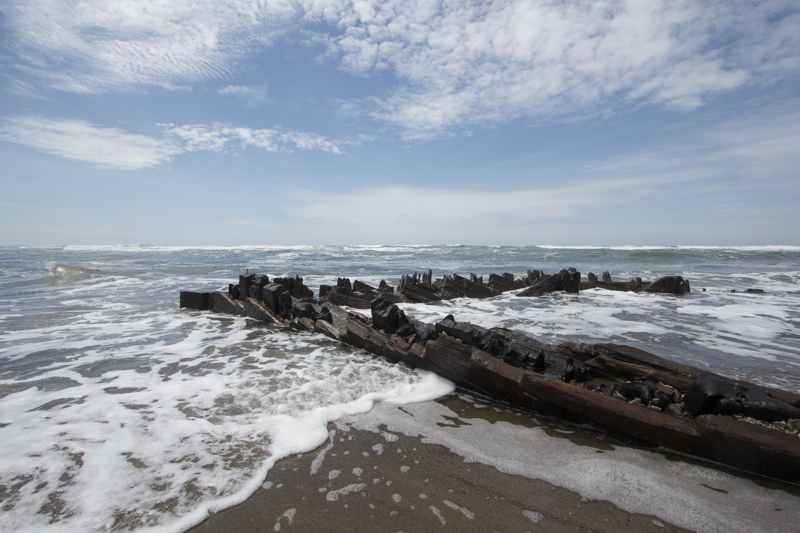
The remains of this 19th-century clipper ship occasionally emerge from the sand at Ocean Beach in San Francisco. Urban beachcombers can easily reach the site via public transportation and a short beach walk.
The wreck’s appearance patterns help scientists study beach erosion and sand movement along the California coast. Its location provides a striking contrast between maritime history and the modern city skyline.
Helvetia Wreck, Wales
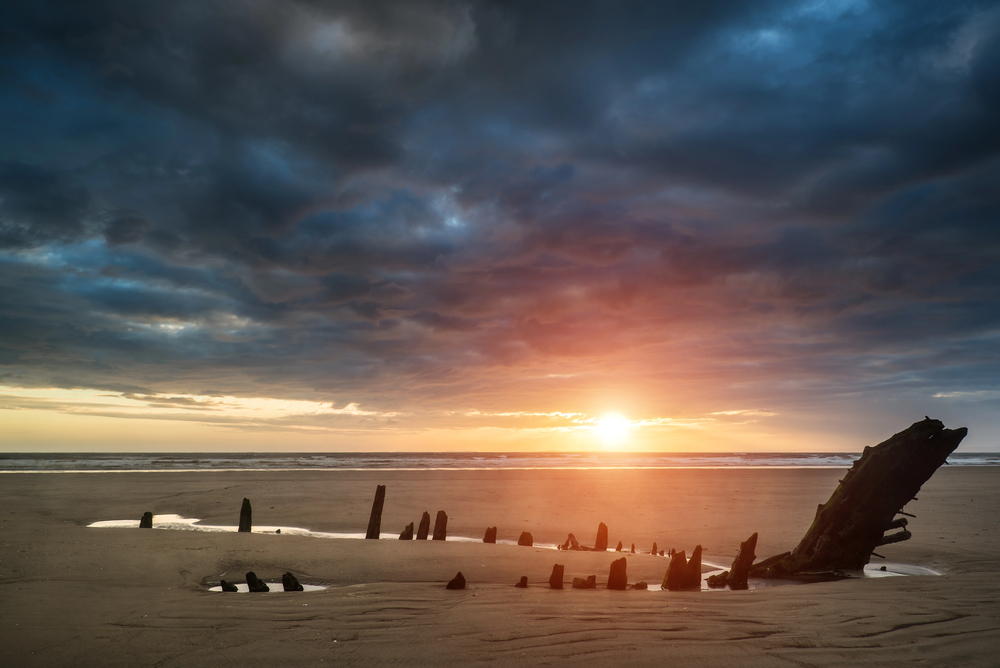
This former cargo ship’s ribs create dramatic patterns on Rhossili Beach against the backdrop of Worm’s Head. The wreck is accessible via a scenic walk down from the clifftop parking area, offering spectacular views.
Natural processes continue to expose and bury different portions of the wreck throughout the year. The site has become an important case study of how shipwrecks affect local beach ecosystems.
SS Ayrfield, Australia
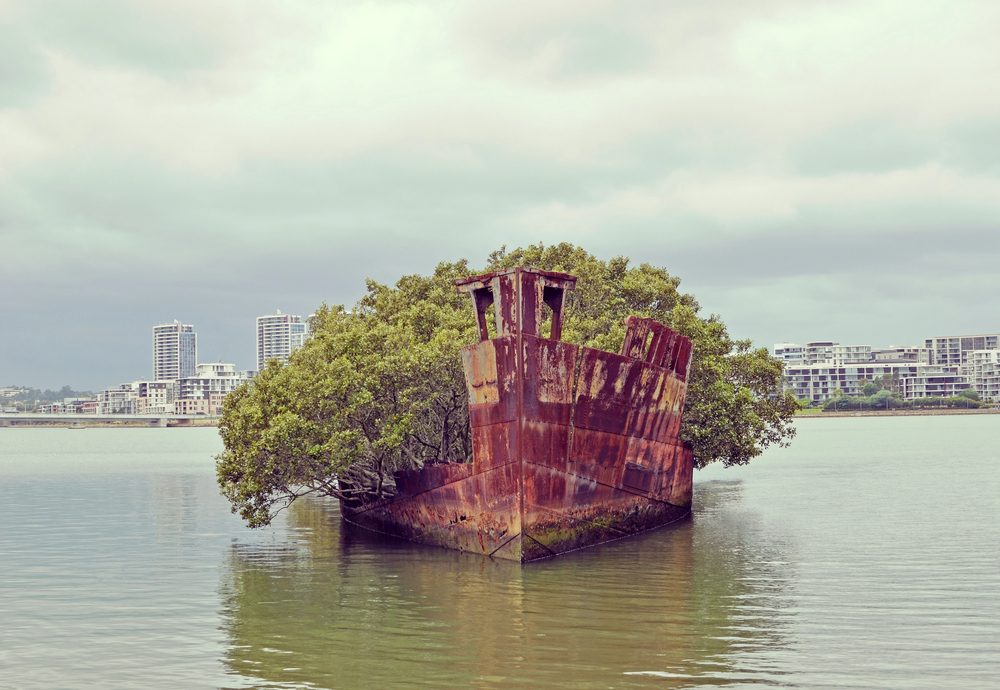
This former transport vessel now serves as a floating forest in Homebush Bay, creating a unique blend of maritime and natural history. Easily viewed from nearby walkways, the ship’s rusted hull now supports a thriving ecosystem of mangrove trees.
The wreck demonstrates how nature can transform maritime artifacts into new habitats. Its accessibility near Sydney makes it a popular destination for urban explorers and photographers.
Like Travel Pug’s content? Follow us on MSN.
Tides of Time
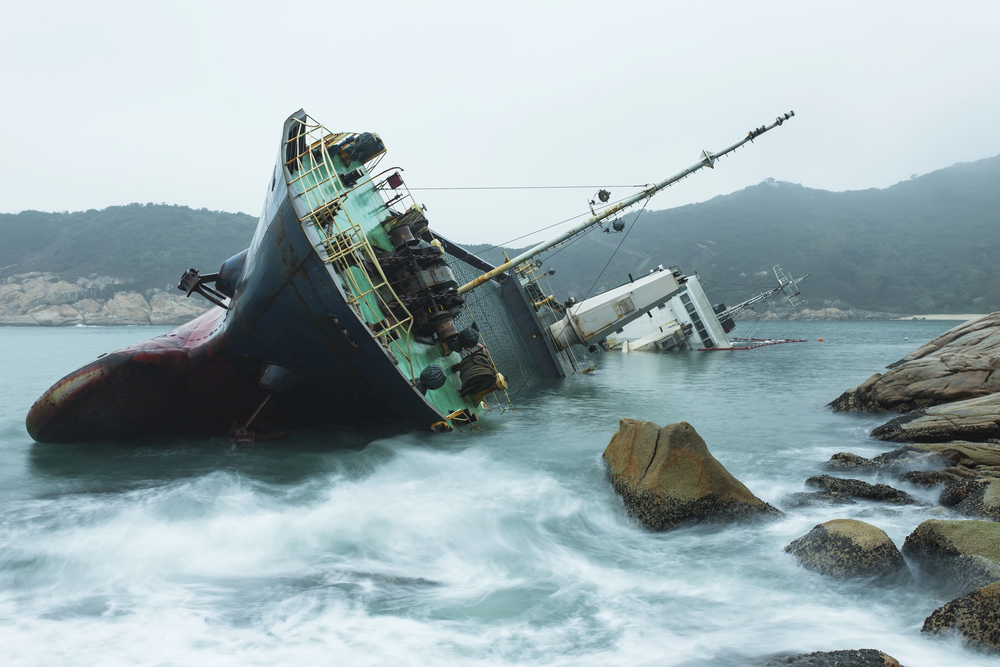
These accessible shipwrecks offer more than just interesting beach features – they’re portals into maritime history that anyone can visit. Their ongoing deterioration creates constantly changing sculptures that demonstrate nature’s power while preserving stories of seafaring heritage.
As climate change and coastal erosion threaten many of these sites, their documentation and visitation become increasingly important. These ships remind us that some of history’s most fascinating stories lie along the shoreline, just waiting to be discovered.
More from Travel Pug

- 15 Dangerous European Cities to Avoid
- 15 Caribbean Islands Where Tourists Keep Getting Scammed
- The 20 Most Fascinating Abandoned Places: A Journey Through Time and Forgotten Spaces
- 15 Hidden Places in the Smithsonian Museums Locals Love: A Guide to Lesser-Known Treasures
- 16 Hidden Florida Beach Towns That Aren’t Overrun with Tourists
Like Travel Pug’s content? Follow us on MSN.
